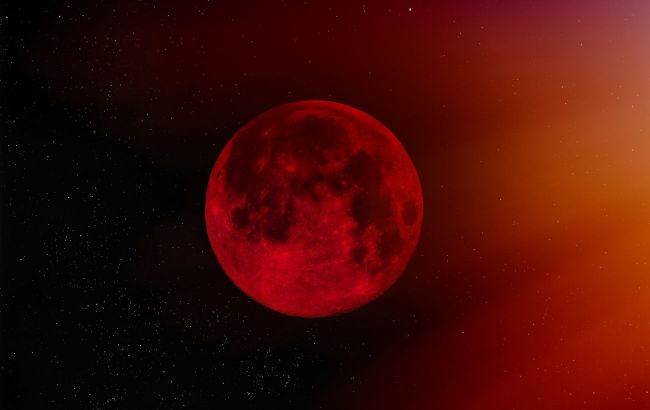Mark this date now: Astronomers announce when world will see lunar eclipse again
 Astronomers reveal the date of the next unique lunar eclipse (photo: Getty Images)
Astronomers reveal the date of the next unique lunar eclipse (photo: Getty Images)
Recently, millions of people around the world witnessed a rare total lunar eclipse, during which the moon turned a deep, rich red. If you missed this spectacular event, there is some good news – very soon, the world will witness another unique lunar eclipse.
Daily Mail explains when the next solar eclipse will occur and what you need to know about it.
What humanity witnessed on September 7
The phenomenon lasted less than three hours — from the moment Earth aligned between the Sun and the Moon until the end of the total phase.
During such an eclipse, Earth completely blocks sunlight, and only rays passing through our planet’s atmosphere reach the Moon. This causes the celestial body to take on its characteristic reddish hue.
"When this happens, the only light that reaches the Moon's surface is from the edges of the Earth's atmosphere. The air molecules from Earth's atmosphere scatter out most of the blue light. The remaining light reflects onto the Moon's surface with a red glow, making the Moon appear red in the night sky," explained the Royal Museums Greenwich.
When will the next lunar eclipse take place
Astronomers reassure those who missed the spectacular show: the next partial lunar eclipse will occur on August 28, 2026.
This time, Earth’s shadow will cover only part of the Moon, leaving half of its surface glowing in darkness. Yet even such a phenomenon is impressive in scale and safe to observe with the naked eye.
What to know about lunar eclipses
- An eclipse occurs whenever a planet or a moon passes between another planet, moon, or the Sun.
- Depending on their orbits, they can be total or partial.
- A lunar eclipse is a special event that takes place when Earth comes directly in line between the Sun and the Moon.
- When this happens, Earth blocks sunlight from reaching the Moon, and Earth’s shadow is cast upon it.
- During a lunar eclipse, we can see Earth’s shadow on the Moon.
- They can last for several hours, though it is rare for the total phase to last longer than 100 minutes.
- At least two lunar eclipses occur every year.

